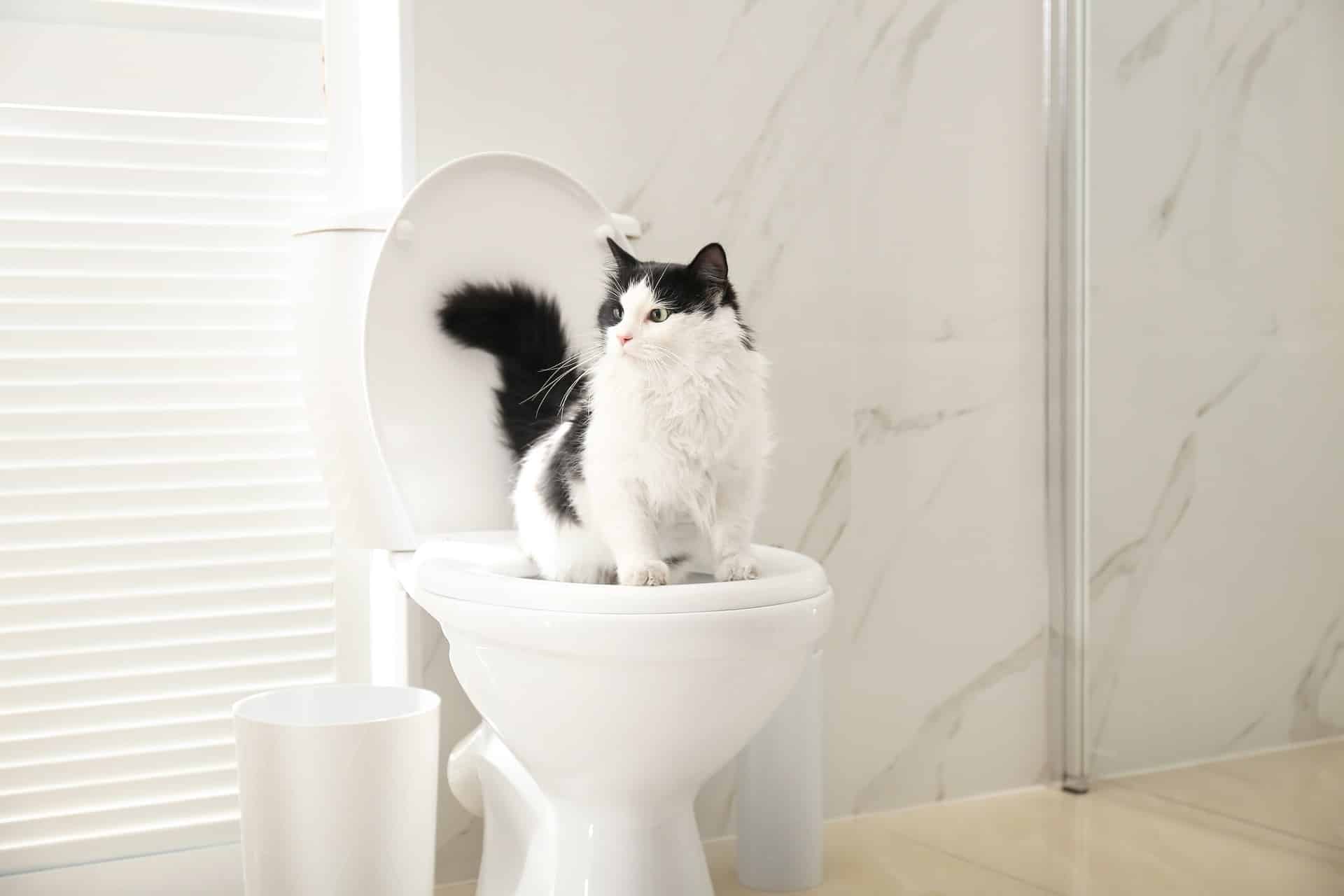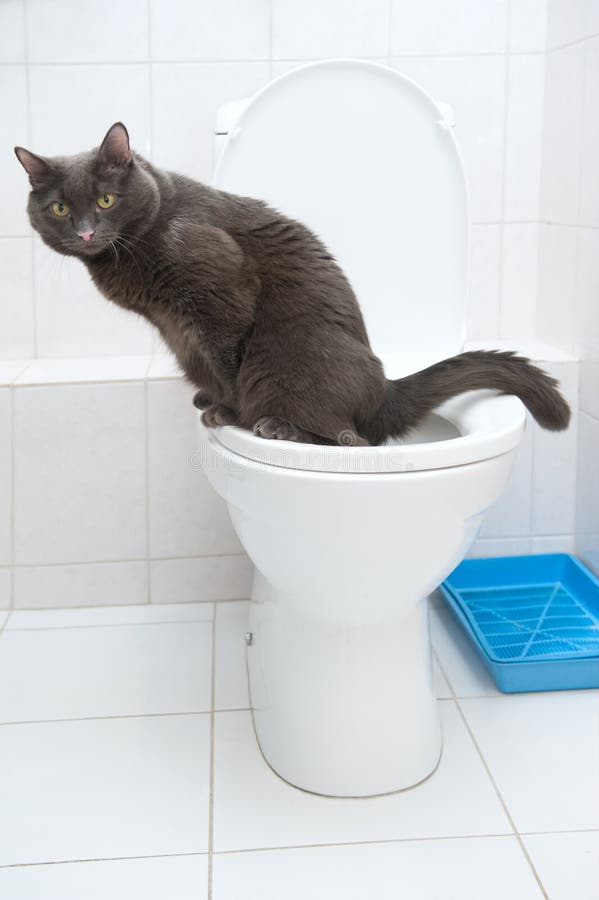Which Flushing Animal Waste Down the Toilet Is Harmful
Which Flushing Animal Waste Down the Toilet Is Harmful
Blog Article
What're your thoughts regarding Can You Flush Dog and Cat Poo Down the Toilet??

When it comes to disposing of waste, especially animal waste, many individuals often consider the practical choice of flushing it down the toilet. Nevertheless, this apparently simple option can have severe effects for the atmosphere and public health. In this article, we'll explore why flushing animal waste down the toilet is a bad idea and provide alternate techniques for appropriate disposal.
Intro
Appropriate waste disposal is essential for maintaining ecological sustainability and public health. While it may appear harmless to purge animal waste down the toilet, it can result in various concerns, both for the environment and human wellness.
Risks of flushing pet waste
Ecological impact
Purging animal waste introduces unsafe germs and pathogens right into rivers, which can adversely influence water communities. These pathogens can infect water resources and damage marine life, interfering with delicate environments.
Public health problems
Pet waste has dangerous microorganisms such as E. coli and Salmonella, which can position major health and wellness threats to humans. Purging animal waste down the bathroom can infect water products, leading to the spread of illness and infections.
Alternatives to flushing
Rather than purging pet waste down the toilet, there are numerous alternate disposal methods that are a lot more environmentally friendly and sanitary.
Composting
Composting animal waste is an environmentally friendly method to deal with it. By composting, organic matter is broken down right into nutrient-rich soil, which can be utilized to fertilize yards and plants.
Garbage dump disposal
Taking care of pet waste in a garbage dump is one more choice. While not as eco-friendly as composting, it is a more secure option to flushing, as it stops the contamination of water resources.
Pet garbage disposal systems
There are specific family pet garbage disposal systems readily available that securely and hygienically take care of animal waste. These systems frequently use enzymes to break down waste and eliminate smells.
Actions to proper pet waste disposal
To make certain appropriate disposal of pet waste, comply with these steps:
Scooping and landing waste
Routinely scoop and bag animal waste making use of naturally degradable bags. This stops waste from contaminating the atmosphere.
Making use of marked waste bins
Dispose of bagged animal waste in marked waste bins, such as compost bins or garbage dump containers. Prevent flushing it down the toilet whatsoever expenses.
Cleaning up litter boxes and animal areas regularly
Routinely tidy litter boxes and family pet locations to prevent the build-up of waste and germs. Use pet-safe cleansing products to keep health.
Benefits of correct disposal techniques
Embracing correct disposal techniques for animal waste supplies a number of advantages:
Minimized environmental pollution
Correct disposal techniques lower the danger of environmental pollution, protecting waterways and communities from contamination
Decreased risk of water contamination.
By preventing flushing animal waste down the bathroom, the danger of water contamination is dramatically lowered, protecting public health.
Boosted hygiene and hygiene
Correct disposal methods promote better hygiene and hygiene, producing a safer setting for both people and pets.
Conclusion
Finally, flushing animal waste down the toilet is hazardous to the atmosphere and public health. By adopting alternate disposal approaches and adhering to appropriate waste administration practices, we can lessen the unfavorable effect of pet waste and contribute to a cleaner, healthier planet.
What To Do With Dog Poo – The Do's And Don'ts Of Disposing Of Faeces
Dog poo bins
Some councils provide dedicated dog waste bins in popular dog-walking areas that can take dog poo that has been bagged but you can legally dispose of dog waste in any public litter bin, as long as it is securely bagged. This also applies to your wheelie bin at home.
Do not flush
Water companies do not recommend flushing dog faeces down the toilet because certain parasites can survive the water processing treatment and are potentially harmful to humans. You should also never consider flushing dog poo that has been bagged down the toilet as the bags will not break down and instead create severe blockages in the sewage system.
In the woods
The Forestry Commission promotes a ‘stick and flick’ method for dealing with waste in the woods. This means finding a stick and using it to flick any poo from off the path so that it is out of the way of other walkers. You could also bury it as long as it is not in an area where there might be livestock.
Livestock
Parasites found in dog poo can be transmitted to livestock if they inadvertently eat infected faeces that has been left on grazing land. This could result in the death of sheep or abortion in cattle so you should always make sure you pick up your dog’s waste in fields where livestock could be present.

Routinely tidy litter boxes and family pet locations to prevent the build-up of waste and germs. Use pet-safe cleansing products to keep health.
Benefits of correct disposal techniques
Embracing correct disposal techniques for animal waste supplies a number of advantages:
Minimized environmental pollution
Correct disposal techniques lower the danger of environmental pollution, protecting waterways and communities from contamination
Decreased risk of water contamination.
By preventing flushing animal waste down the bathroom, the danger of water contamination is dramatically lowered, protecting public health.
Boosted hygiene and hygiene
Correct disposal methods promote better hygiene and hygiene, producing a safer setting for both people and pets.
Conclusion
Finally, flushing animal waste down the toilet is hazardous to the atmosphere and public health. By adopting alternate disposal approaches and adhering to appropriate waste administration practices, we can lessen the unfavorable effect of pet waste and contribute to a cleaner, healthier planet.
What To Do With Dog Poo – The Do's And Don'ts Of Disposing Of Faeces
Dog poo bins
Some councils provide dedicated dog waste bins in popular dog-walking areas that can take dog poo that has been bagged but you can legally dispose of dog waste in any public litter bin, as long as it is securely bagged. This also applies to your wheelie bin at home.
Do not flush
Water companies do not recommend flushing dog faeces down the toilet because certain parasites can survive the water processing treatment and are potentially harmful to humans. You should also never consider flushing dog poo that has been bagged down the toilet as the bags will not break down and instead create severe blockages in the sewage system.
In the woods
The Forestry Commission promotes a ‘stick and flick’ method for dealing with waste in the woods. This means finding a stick and using it to flick any poo from off the path so that it is out of the way of other walkers. You could also bury it as long as it is not in an area where there might be livestock.
Livestock
Parasites found in dog poo can be transmitted to livestock if they inadvertently eat infected faeces that has been left on grazing land. This could result in the death of sheep or abortion in cattle so you should always make sure you pick up your dog’s waste in fields where livestock could be present.

I hope you enjoyed our part on Why you should never flush dog poop down the toilet. Thank you so much for taking time to read through our posting. Those who enjoyed reading our blog entry if you please don't forget to share it. Thanks a lot for going through it.
Book A Free Estimate Report this page